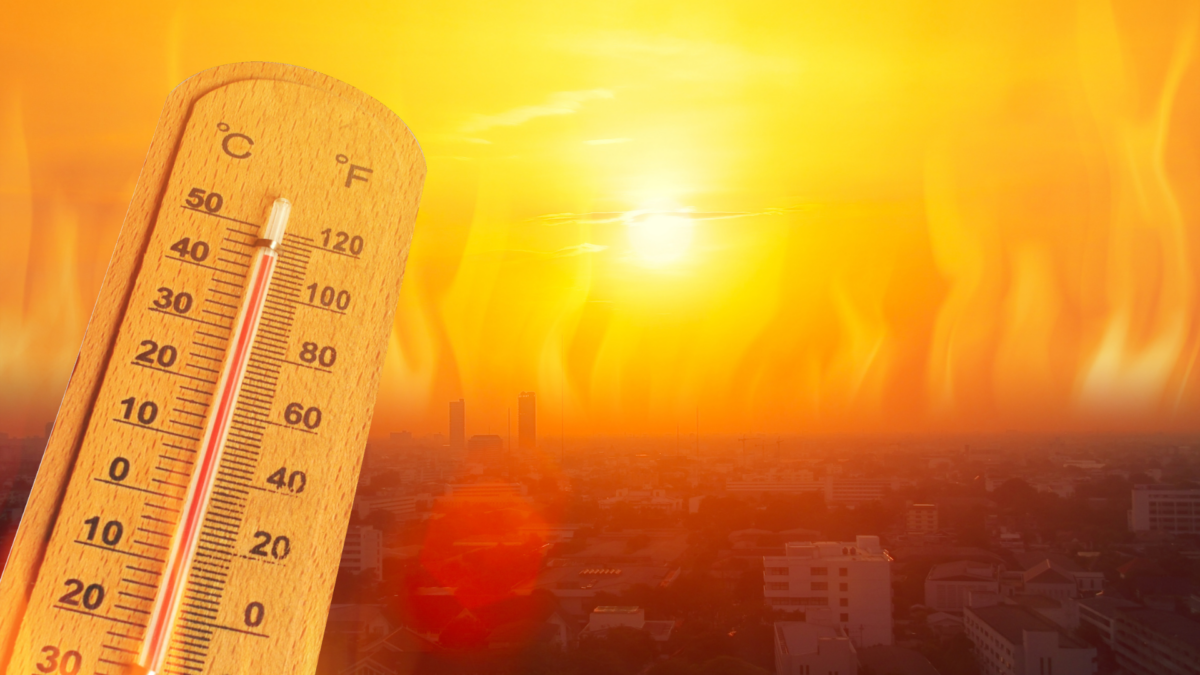Pagasa: Dagupan, Aparri to bear 47 °C heat index Friday

Dagupan City and Appari in Cagayan will suffer a 47 °C heat index on Friday, according to the state weather bureau.INQUIRER stock photo
Dagupan, Aparri to bear 47 °C heat index Friday
MANILA, Philippines — Dagupan City in Pangasinan and Cagayan’s Aparri town are seen to experience the highest heat index on Friday at 47 °C, according to the state weather bureau.
The heat index in these two areas is considered “dangerous,” which may cause heat cramps, heat exhaustion, and even heat strokes during continued exposure, the Philippine Atmospheric, Geophysical and Astronomical Services Administration (Pagasa) said.
Pagasa noted that the heat index under the “danger” category ranges from 42 degrees Celsius to 51 degrees Celsius.
These 28 areas are expected to experience dangerous levels of heat index:
Roxas City, Capiz – 45 °C
Laoag, Ilocos Norte – 44 °C
Iba, Zambales – 44 °C
Cuyo, Palawan – 44 °C
Virac, Catanduanes – 44 °C
Pili, Camarines Sur – 44 °C
Zamboanga City – 44 °C
Bacnotan, La Union – 43 °C
Tugegarao, Cagayan – 43 °C
Casiguran, Aurora – 43 °C
San Jose, Occidental Mindoro – 43 °C
Puerto Princesa City, Palawan – 43 °C
Aborlan, Palawan – 43 °C
Batac, Ilocos Norte – 42 °C
Baler, Aurora – 42 °C
Olongapo City – 42 °C
Infanta, Quezon – 42 °C
Coron, Palawan – 42 °C
Calapan, Oriental Mindoro – 42 °C
Daet, Camarines Norte – 42 °C
Legaspi City, Albay – 42 °C
Masbate City – 42 °C
Mambusao, Capiz – 42 °C
Iloilo City, Iloilo – 42 °C
La Carlota, Negros Occidental – 42 °C
Catarman, Northern Samar – 42 °C
Catbalogan, Samar – 42 °C
Cotabato City – 42 °C
READ: Pagasa forecasts 1 to 2 storms in May
As for Metro Manila, Pasay City is expected to have a heat index of 41 °C, while Quezon City is set to have 40 °C under the “extreme caution” category.
These situations can cause heat cramps and heat exhaustion.
Heat index measures the discomfort an average person experiences due to the combined effects of temperature and air humidity.
Pagasa declared the start of the dry season in March as the country reels under the effects of El Niño, or the weather phenomenon that increases the prospect of below-normal rainfall conditions.
Despite the dry spell, Pagasa said one to two tropical cyclones are expected to occur this month.